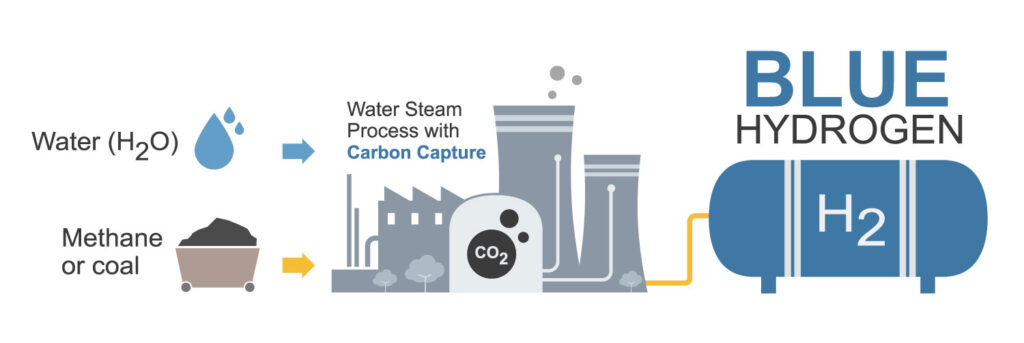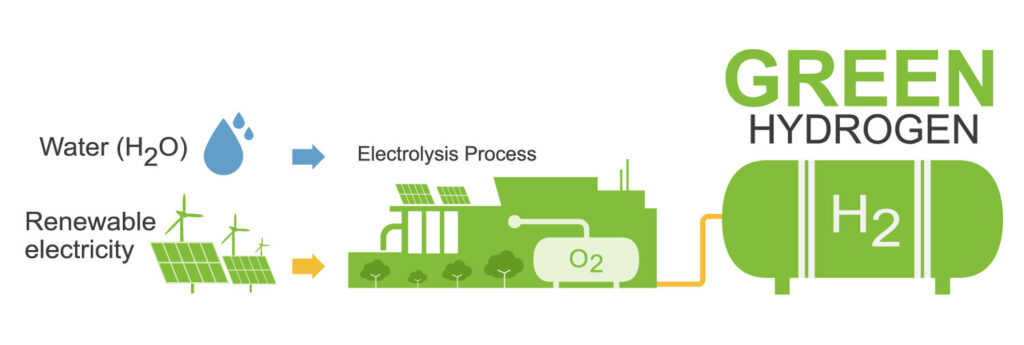Unraveling the Grey, Blue, and Green Hydrogen Labels
In recent years, hydrogen has gained significant attention as a potential clean energy solution. However, as the push for sustainability intensifies, so does the phenomenon of greenwashing. Enter the labels: grey, blue, and green hydrogen. While these labels may seem like positive differentiators, they can also serve as a deceptive tactic known as greenwashing. Let’s explore what these labels mean and why they can contribute to misleading perceptions.
Grey Hydrogen:
Grey hydrogen refers to hydrogen produced through conventional processes, primarily steam methane reforming (SMR). SMR involves using natural gas to extract hydrogen while emitting substantial amounts of carbon dioxide (CO2) as a byproduct. Grey hydrogen production is the most carbon-intensive method and does little to mitigate greenhouse gas emissions.

Blue Hydrogen:
Blue hydrogen is presented as a more sustainable alternative to grey hydrogen. It involves capturing and storing the CO2 emissions generated during hydrogen production through SMR or other processes. Carbon capture and storage (CCS) technologies are used to trap the CO2 and prevent its release into the atmosphere. Proponents argue that blue hydrogen can reduce carbon emissions, but there are concerns about the efficiency and effectiveness of CCS, as well as potential leakage of stored CO2.

Green Hydrogen:
Green hydrogen is produced using renewable energy sources, such as wind or solar power, through a process called electrolysis. Electrolysis splits water molecules into hydrogen and oxygen, producing zero greenhouse gas emissions. Green hydrogen is often hailed as the most sustainable option, as it offers the potential for a carbon-free energy system.

With the vast majority of hydrogen produced today being “grey”, the industry is promoting the “blue” and “green” labels in an effort to distract and make hydrogen fuel seem like more sustainable alternative, while continuing business as usual.